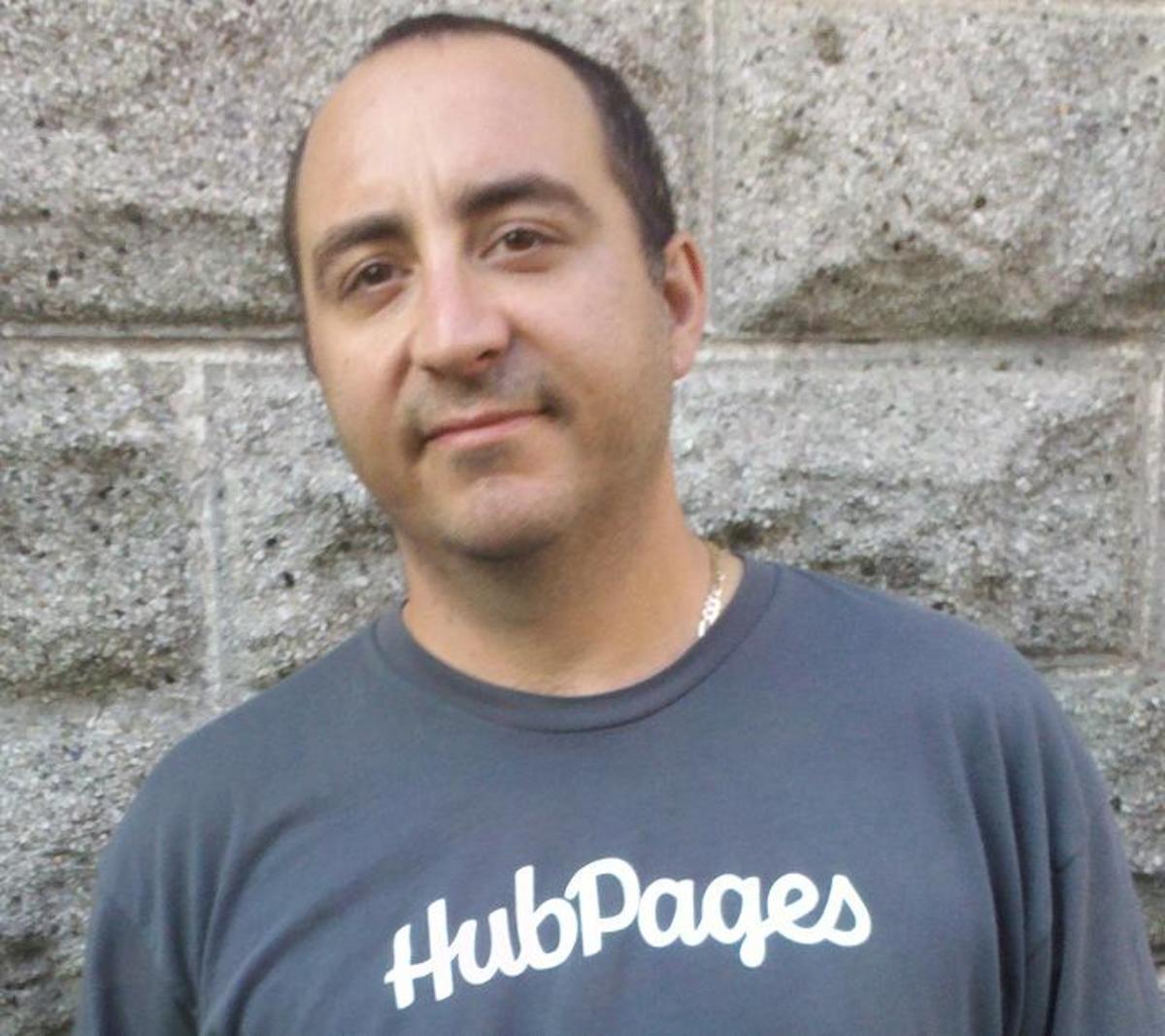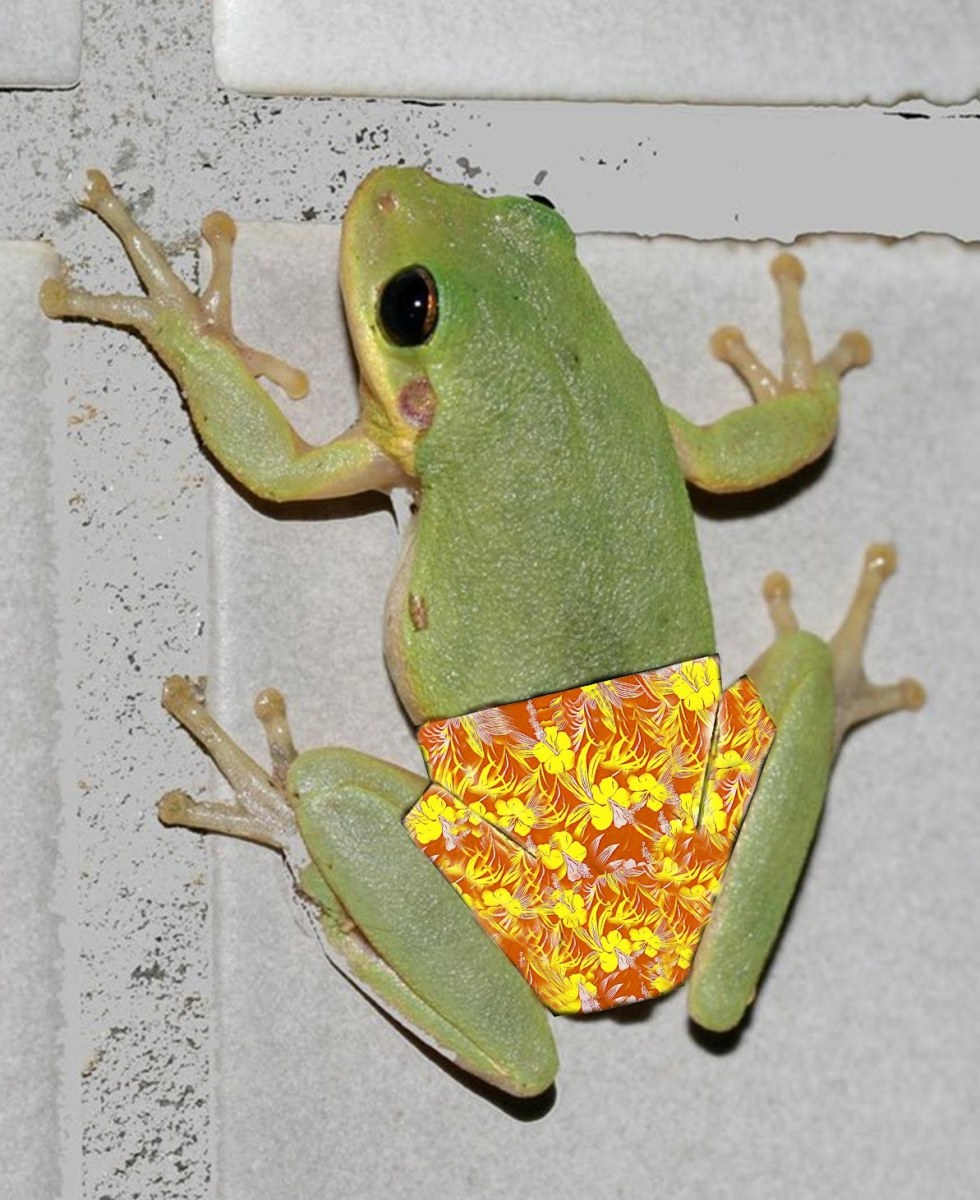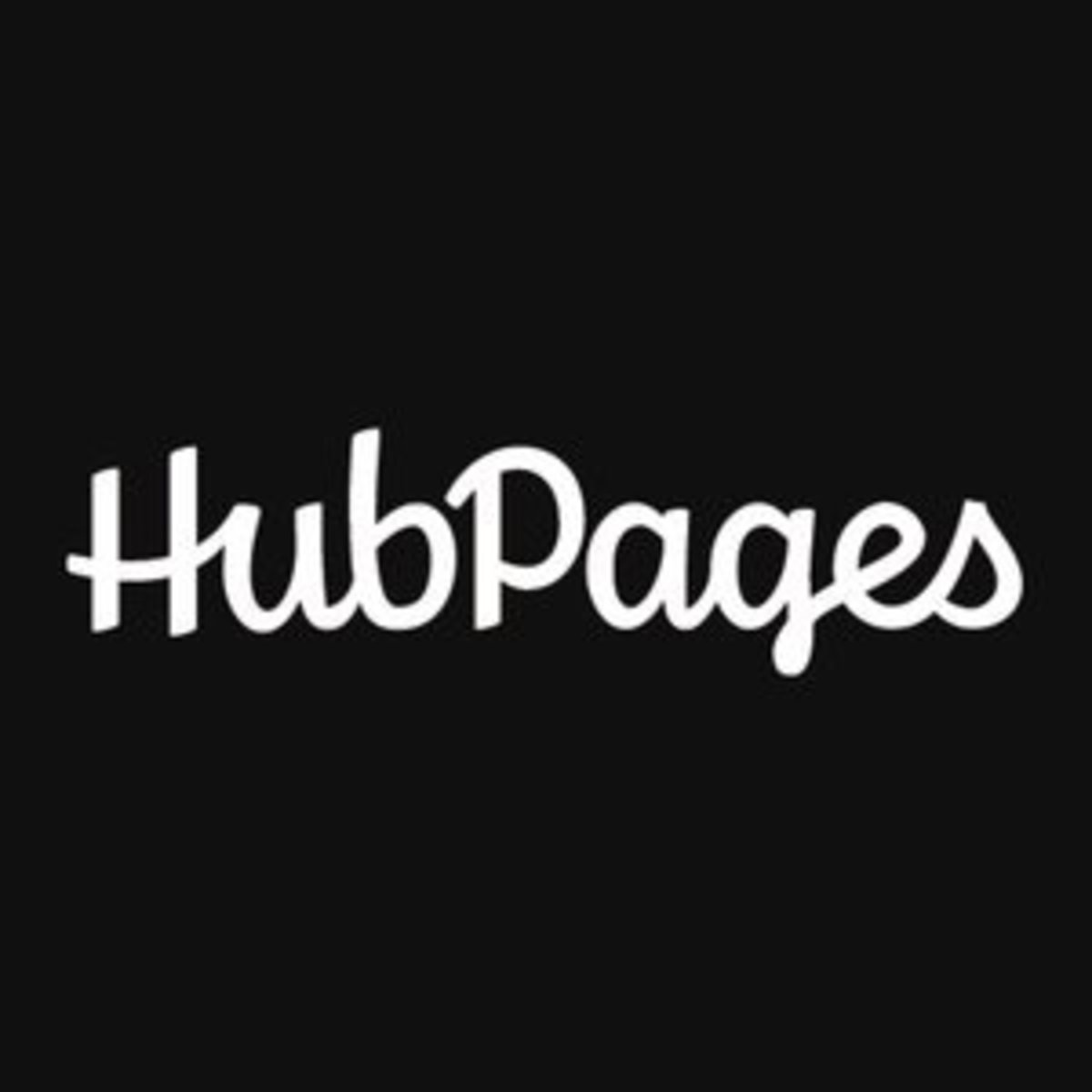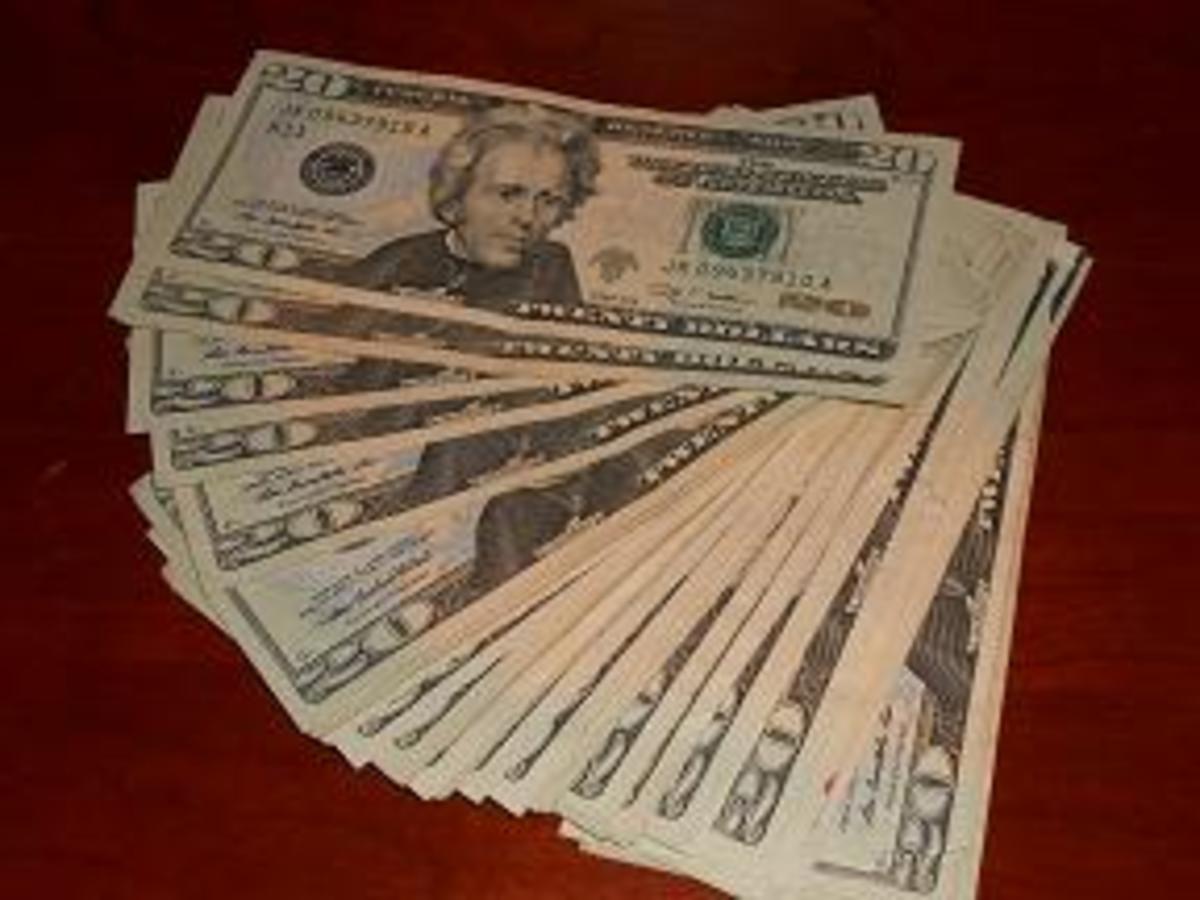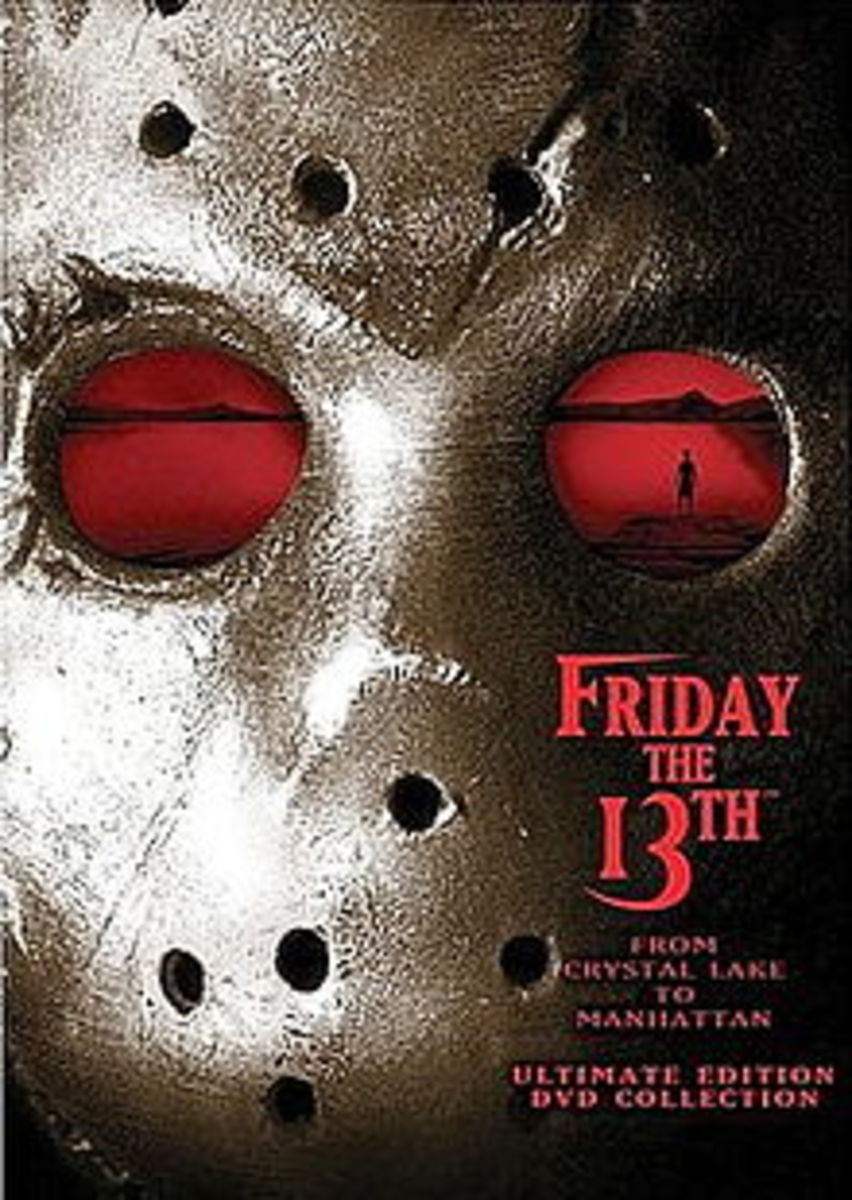My Multitasking Writing Method: How I Create Articles Daily

Not long ago, I received a thoughtful email from another writer on HubPages who was curious—perhaps even a bit astonished—about how I manage to publish one or two articles a day, and how the majority of them end up being featured. She asked what my secret was, and at the time, I gave her a brief, honest reply: I tend to start several articles at once and slowly build them up, editing and refining each one until it feels complete.
But that short answer barely scratches the surface.
The truth is, there’s an entire rhythm and system behind my writing process—a method that’s evolved over time to suit the way my mind works. It’s not linear. It’s not tidy. And it’s certainly not the kind of workflow you’d find in a productivity manual. But it’s mine. It’s intuitive, layered, and surprisingly effective. While it may not be the ideal approach for every writer, it allows me to stay creatively engaged, avoid burnout, and consistently produce work that meets HubPages’ standards for featured content.
In the sections that follow, I’ll unpack how this system works, why it suits my multitasking nature, and how I’ve learned to shape even my most chaotic drafts into polished, publishable pieces. If you’re a writer who thrives on variety, spontaneity, or a touch of organized chaos, you might just find something here that resonates.
My Multitasking Mindset
I don’t write one article at a time. I start several. At any given moment, I have multiple drafts in progress, each at a different stage of development. Near my keyboard, there’s always a pad of paper—my lifeline. It’s filled with scribbled ideas, half-formed titles, outlines, and topic clusters that seem to multiply daily. I’ll pick two or three from that ever-growing list, sketch out rough structures, and begin writing. Depending on my mood or the timeline I’ve set for myself, I’ll pour most of my energy into one while bouncing between the others like a creative pinball.
To some, this might sound chaotic. Most writers probably prefer to dedicate their energy to one piece at a time, maybe two at most. But I’ve always been a multitasker. I read three books at once. I keep the TV on for background noise while I work. My brain rarely runs on a single track—I’ve got multiple threads of thought weaving through my head at any given moment. It might look like undiagnosed ADHD, and maybe it is, but this method keeps me from burning out. If I get stuck or bored with one article, I pivot to another. That flexibility keeps my creativity alive.
And while my process may seem scattered, it’s supported by a set of tools and principles that keep me grounded:
My Essential Writing Tools & Practices
-
Pad of Paper: Always nearby. I jot down ideas as they come—no matter how small or strange. Some turn into full articles, others become seeds for future pieces.
-
Write What You Know: The age-old advice still holds. I lean into my certifications, lived experiences, and personal curiosities. Authenticity resonates.
-
Expand Your Ideas: A single sentence can become a full article. I take time to stretch each idea—asking questions, exploring angles, and building structure. In this way, I also tend to learn something new, myself.
-
Do Your Research: The internet makes it incredibly easy to access credible sources. I cross-reference facts, cite studies, and dig deeper to ensure my work is informed and trustworthy.
-
Flexible Focus: I allow myself to shift between drafts. If one article stalls, I move to another. This keeps momentum flowing and prevents creative fatigue.
-
Background Noise: Whether it’s music, a documentary, or the hum of a TV show, ambient sound helps me stay engaged without feeling isolated.
-
Multitasking Mindset: I embrace the fact that my brain likes variety. I don’t fight it—I build my workflow around it.
- Images: I tend to use Canva and AI to create images for my pieces. It makes that aspect of my articles incredibly streamlined and also allows me to be a little more creative.
- Snacks: I always keep something to nibble on close by, to keep me moving, to keep me stimulated. Alongside my cup of coffee, I tend to keep something I can easily pop in my mouth like pistachios, freeze-dried strawberries and even little bits of chocolate.
This system may not be conventional, but it’s mine. It’s tailored to how I think, how I create, and how I stay inspired. It allows me to produce consistently without sacrificing quality or joy.
Perfectionism in the Chaos
Now, before you assume this leads to a pile of half-finished drafts and mediocre work, let me clarify something important: I’m also a perfectionist. I grew up in a household where the message was clear—if you don’t want to do something twice, do it right the first time. Praise wasn’t handed out freely, and that absence planted a quiet determination in me. I learned to work harder, to push myself, to prove that what I created was worth noticing. That drive followed me into adulthood and deeply shaped how I approach my writing.
Yes, I overwhelm myself sometimes. I juggle too many ideas, too many drafts, too many tabs open in my brain. I’ll admit, my method isn’t always graceful. But the satisfaction of finishing a piece—of seeing it polished, published, and featured—is worth the mental juggling act. And when you genuinely enjoy the work, it doesn’t feel like work at all. It feels like a kind of ritual. A rhythm. A release.
That said, not every article I write gets featured. I’ve absolutely had pieces rejected by HubPages—articles I poured hours into, researched thoroughly, and edited with care—only to receive that quiet, disheartening message that it didn’t meet editorial standards. And let me tell you, that stings. It’s frustrating to invest so much of yourself into something and not know exactly why it didn’t make the cut.
HubPages doesn’t offer detailed critiques. You’re left to guess what went wrong. Was it the formatting? The tone? A missing citation? A lack of clarity? It’s a bit like trying to solve a puzzle without all the pieces. But over time, I’ve learned not to let that ambiguity defeat me. I give myself space. I let the disappointment settle, and then—when I’ve gathered the gumption—I go back in.
I revisit the article with fresh eyes and a new perspective. Sometimes I restructure it entirely. Sometimes I tighten the language, add sources, or shift the tone. I treat it like a second chance to refine—not just the piece, but my own voice. And more often than not, after a thoughtful revision, I resubmit—and it gets featured.
That process has taught me something invaluable: rejection isn’t a dead end. It’s a detour. A moment to pause, reflect, and return stronger. It’s not easy, and it’s not always quick, but it’s part of the journey. And if you’re willing to meet it with humility and persistence, it can lead to some of your best work.
A Wide Range of Passions
Another thing you might notice about my articles: they’re not confined to one or two topics. That’s because I’m not confined to one or two interests. I write about health, nutrition, holistic medicine, and skincare because I’ve studied those fields and earned certifications in esthetics and nutrition. I also write about psychology and life coaching—again, areas I’ve formally studied and continue to explore with deep curiosity.
But then you’ll find recipes. History. Politics. Spirituality. Even a stray how-to-write-a-ghost-story article. My portfolio is a mosaic of passions, stitched together by a restless desire to understand the world from every angle. I’ve always struggled with the question, “What do you want to be when you grow up?”—not because I lack direction, but because I want to be everything. I love learning. I love school. I often joke that if I could make a living just taking college courses, I’d be set for life.
And I think I know where that scattered brilliance comes from.
My grandfather was a man of many talents—a true jack of all trades. He could fix a car, build a house, cook a meal, recite poetry, and recite the bible all in the same afternoon of playing cards with him. He was one of the kindest, most intelligent men you could ever meet. He had a quiet dignity about him, the kind that didn’t demand attention but earned respect effortlessly. He wasn’t formally educated in every field he touched, but he had a natural wisdom and a hunger for knowledge that made him a master of many.
Growing up, I watched him move through life with curiosity and competence. He taught me that learning wasn’t just something you did in school—it was something you lived. He’d show me how to repair things around the house, then turn around and tell me stories about history or philosophy. He never made me feel like I had to choose one path. Instead, he modeled a life where every skill, every interest, every question was worth pursuing.
But it wasn’t just him. I come from a family steeped in creativity and nostalgia. My grandmother taught me how to cook—real, soulful cooking, the kind that carries stories in every bite. She also had a whimsical side: she used to create miniature scenes inside delicate eggshells, like tiny worlds tucked into fragile vessels. She introduced me and my cousin to opera, and she loved to dance—though she once admitted that dancing was forbidden in her Southern Baptist upbringing. That quiet rebellion, that love of beauty and movement, stayed with me.
My grandfather, too, was quite the cook. He had a flair for photography, especially moody black-and-white portraits that felt like windows into another time. He’d develop them himself.
My dad and his brother were artists—painters, sketchers, creators of visual stories. My mother was the queen of DIY, always crafting something, always making the house feel like a living canvas. Whether it was handmade decorations or clever home fixes, she infused everything with care and creativity.
And then there’s our heritage. My family awakened in me a deep pride in our Scottish and Scandinavian roots. That cultural curiosity led me to become a passionate student of history and folklore. I don’t just write about the past—I feel it. I trace it. I honor it.
So, when you see an article from me about holistic skincare followed by one on Jungian archetypes, know that it’s not random. It’s rooted in a legacy of multidimensional learning, creative inheritance, and nostalgic reverence. It’s my way of honoring the people who shaped me—the artists, the cooks, the dancers, the storytellers—and the cultures that continue to call me home.
Being “a little bit of everything” isn’t a flaw. It’s a lineage. It’s a gift.
How to Align a Multitasking Writing Method with HubPages’ Featured Criteria
While my writing process may seem unconventional—juggling multiple drafts, bouncing between topics, and working in bursts of inspiration—it’s still shaped by a clear understanding of what HubPages looks for when featuring content. If you’re hoping to model this approach and still meet editorial standards, here’s how I make it work:
1. Start with Quality Intentions
Even when I begin several articles at once, I never treat any of them as throwaways. Each draft is born from genuine curiosity or expertise. HubPages favors content that’s original, informative, and reader-focused. So, whether I’m writing about holistic skincare or ghost stories, I ask myself: Is this helpful? Is it engaging? Is it credible?
2. Outline with Purpose
My outlines aren’t just brainstorms—they’re roadmaps. I sketch out key points, subheadings, and potential sources early on. This helps me stay focused even when I’m multitasking. HubPages rewards clear structure, so I make sure each article has a logical flow, even if I’m building it in pieces.
3. Polish Before Publishing
This is non-negotiable. HubPages has editorial filters that screen for grammar, formatting, and readability. Before I hit publish, I do a full sweep: checking for typos, tightening sentences, adding relevant images, and ensuring my sources are cited properly. I often read my articles aloud to catch awkward phrasing or pacing issues. And in this day and age, with the development of AI and the vast information found on the internet, proofreading your work has never been easier.
4. Use Credible Sources
Especially for health, psychology, or historical topics, I lean on reputable references. HubPages favors articles that demonstrate authority and trustworthiness. I include links to studies, certifications, or expert opinions when relevant—and I avoid making unsupported claims.
5. Stay Within Topic Guidelines
HubPages has specific policies about promotional content, medical advice, and controversial topics. I stay mindful of these boundaries. Even when I write about holistic medicine or spiritual practices, I frame them as personal insights or educational overviews—not prescriptions or absolute truths.
6. Diversify, But Stay Focused
It’s true—I write across a wide range of subjects. But I make sure each article is focused and complete on its own. HubPages doesn’t penalize variety; in fact, it can help you reach different audiences. Just make sure each piece stands strong independently, with a clear purpose and polished delivery.
Why It Works
So yes, my method is messy. It’s nonlinear. It’s a little intense. But it’s also deeply personal and perfectly tailored to how my mind works. I don’t force myself into a mold that doesn’t fit. I honor my multitasking nature, my perfectionist streak, and my endless curiosity. That’s why I can write so much, so often—and why my articles resonate.
There are plenty of manuals out there. Countless guides, templates, and “how-to” articles that promise the correct way to do something. And while those resources can be helpful, I’ve never been one to follow a formula blindly. I’ve always found it far more valuable to observe how others approach a task—how they adapt, improvise, and find their own rhythm—and then shape those insights into something that works for me.
Creativity, after all, isn’t about replication. It’s about translation. It’s about taking what you learn from others and filtering it through your own lens—your own temperament, your own quirks, your own way of thinking. That’s how you build a method that’s sustainable. That’s how you create work that feels alive.
To the writer who emailed me: thank you for asking. Your question gave me the chance to reflect on my process and share it more fully. And to anyone else wondering how to find their rhythm—don’t be afraid to embrace your quirks. Don’t be afraid to color outside the lines. Your method doesn’t have to look like anyone else’s. It just has to work for you.
And when it does, you’ll know. Because the work won’t just get done—it’ll feel like it’s coming from somewhere true.
This content is accurate and true to the best of the author’s knowledge and is not meant to substitute for formal and individualized advice from a qualified professional.
© 2025 Erin K Stewart

